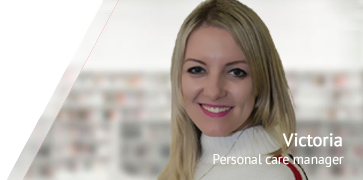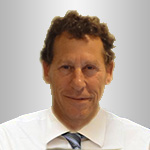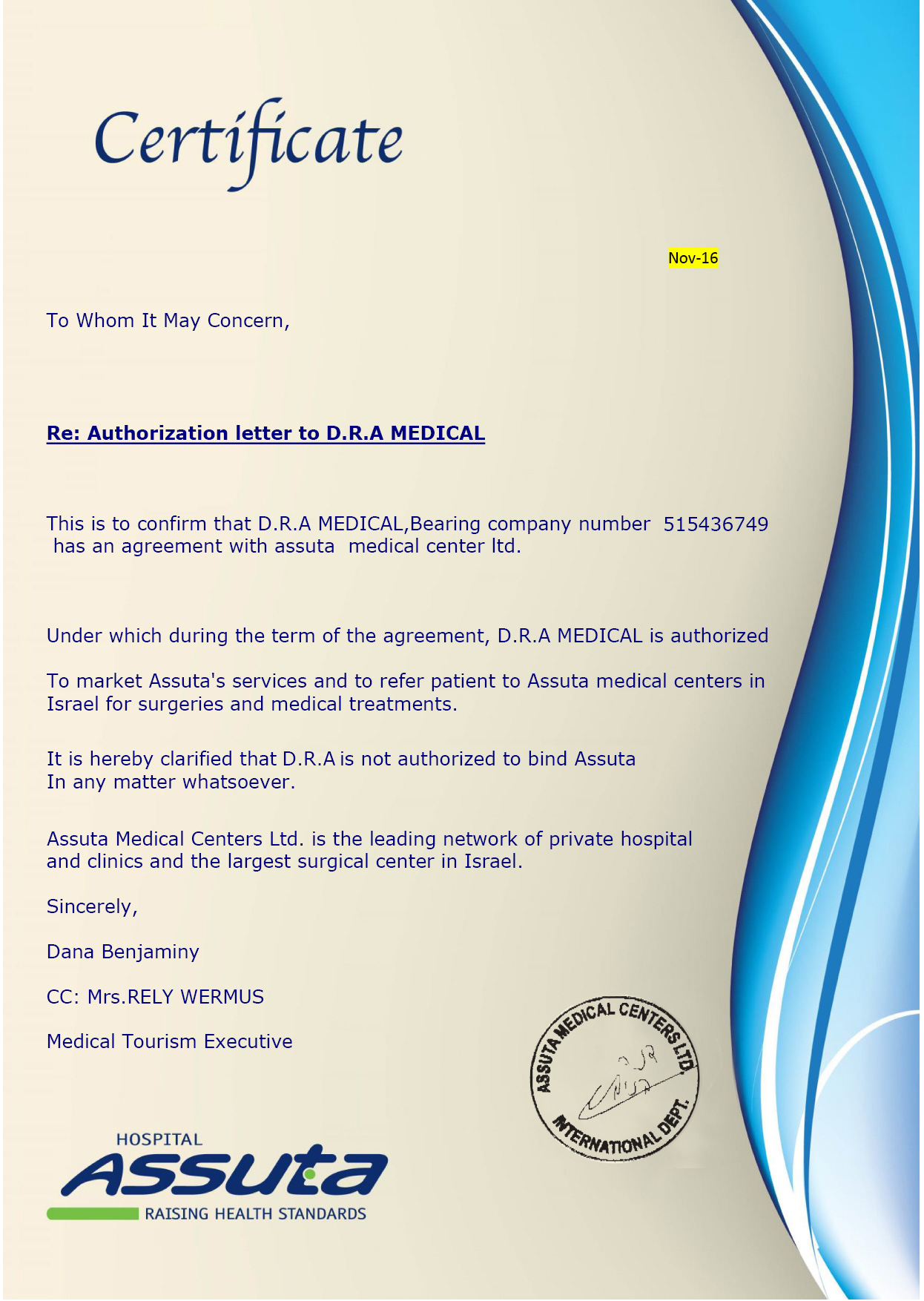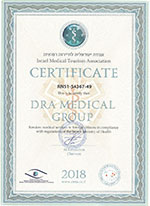Overview
Varicose veins can be considered as one of the most disturbing vein problems. These can greatly affect not only the physical image but also the self-esteem of the affected person. Varicose veins are attention grabbing unwanted bulges that no one would like to show off.Varicose veins are used to describe bulging veins that appear tortuous and larger than usual. They are easily noticeable because they protrude from the skin. Aside from that, they have a rugged contour and an unusual bluish to greenish color. These can appear in various parts of the legs, specifically in the lower area.
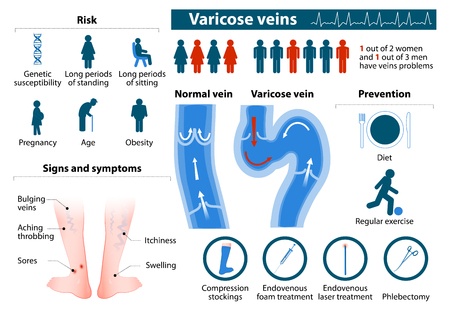
Varicose veins primarily appear because of the pooling of blood into the veins. This usually occurs when a person sits or stands for a long period of time. The excessive blood encountered by the veins can cause increased pressure which can produce significant damages to the vessel walls. Aside from this pressure, the stretching of the blood vessel walls due to long term sitting or standing can weaken the veins, making them more prone to developing a twisted and rugged appearance. Veins normally have a smooth contour but once they become weak, they lose their elasticity and become twisted.
This condition is more common among females especially in those people whose profession requires a long persistent time of sitting or standing.
Symptoms
The most obvious symptom of varicose veins is the presence of large, tortuous and bluish colored veins on various areas of the legs. Upon palpation, the veins may feel truly rough than usual. Aside from this visible symptom, a person may experience pain and weakness on the affected leg. They may not be able to perform usual activities involving their legs. In severe condition, swelling may be present as possibly caused by eventual blockage of the blood vessels due to vein damage or the presence of thrombus or blood clot. This can be very serious and can be fatal once left untreated.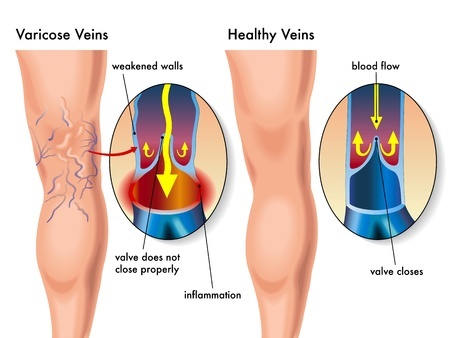
Risk Factors
There are several risk factors that are associated with the development of varicose veins. Like what have been previously stated, this condition is more common in women, especially those who are pregnant. To add on that, it usually occurs as early as 40 years old and as late as 80 years old. Lack of activity and prolonged sitting or standing is one of the major factors that can predispose a person to having such condition. Even the history of varicose veins in the family can be considered.
Diagnosis
The simplest diagnostic technique to determine the presence of varicose veins is physical examination and history taking. One of the tests includes the duplex ultrasound which is used to assess the blood flow along the vessels. This can also be helpful in visualizing the condition of the veins of the legs and carefully checking the contour and presence of bulges and other vessel wall damages.Treatment
Certain exercises and techniques may be prescribed by the physician for those mild varicose veins. Elevating the legs above the level of the heart and flexing them from time to time can be very helpful. For moderate to severe varicose veins, the use of elastic compression stockings may be advised. These specialized stockings work by preventing the excessive pooling of blood along the vessels and making sure that no blood flows backwards. If these simple techniques still do not work, surgical intervention may then be recommended.One intervention is known as the sclerotherapy. This procedure involves the use of an injectable chemical to cause scar formation to the highly damaged vessels and facilitate the recirculation of blood towards the other healthy blood vessels. The injected fluid can promote total closure or shutting of the vein, thus preventing the blood to flow directly to the damaged area. The scar formed will eventually disappear later on.
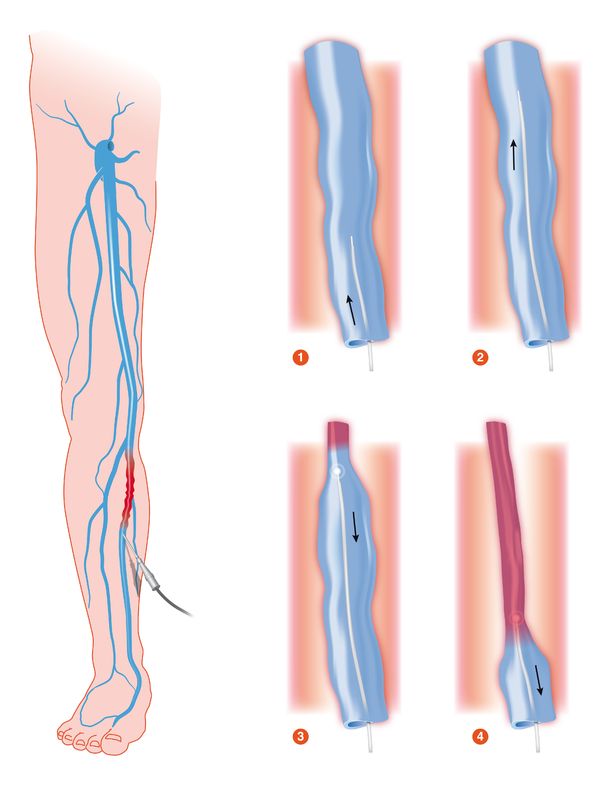
Sclerotherapy does not require much time and it can only take around an hour or even less to be finished. As soon as the fine needle is removed, pressure must be applied through massage or short compressions to ensure that the solution spreads properly to the affected area. The number of injections and the amount of chemical to be used will have to depend on the number of veins affected and their respective damage severity. Recovery from the procedure is known to be quick and it does not interfere much with the performance of your usual activities.




